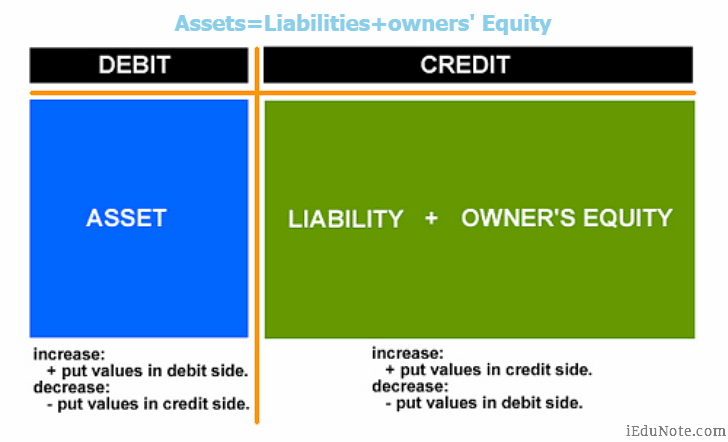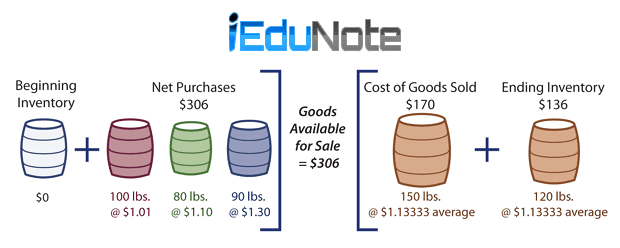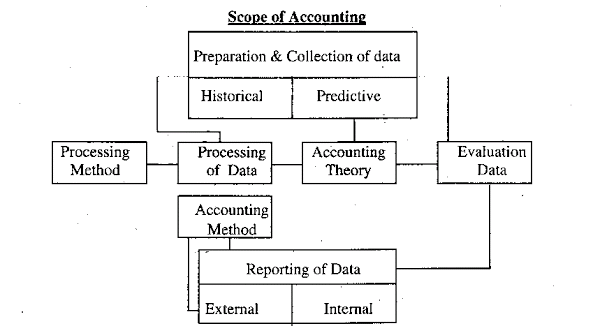Accounting Equation indicates that for every debit there must be an equal credit. assets, liabilities and owners’ equity are the three components of it. Accounting equation suggests that for every debit there must be a credit.
Accounting is a way of getting information about the transactions and events within the business in reports that are used by persons interested in the entity.
Assets, liabilities and owners’ equity are the three components of the accounting equation that make up a company’s balance sheet.
The form in which we see accounting today is possible because of Luca Pacioli, a Renaissance-era monk. He developed a method that tracks the success or failure of trading ventures over 500 years ago. This method is known as the “double-entry system”.
In a double-entry system, the core theme is that an economic entity has a collection of assets and corresponding claims against those assets. But these claims are divided into 2; claims of creditors and owners.
For every debit, there must be a credit, and vice versa. This leads us, then, to the basic equation of accounting;
Basic Accounting Equation

Assets, liabilities and owners’ equity are the three components that make up a company’s balance sheet. The balance sheet, which shows a business’s financial condition at any point, is based on this equation.
This equation is the framework of tracking money as it flows in and out of an economic entity.
Assets
Assets or the economic resources of the entity which is owned by it. Items like; cash, accounts receivable (amounts owed to a firm by its customers), inventories, land, buildings, equipment, and even intangible assets like patents and other legal rights and claims.
Liabilities
Liabilities means claims of creditors which are the amounts of a business entity owed to 3rd parties like; money borrowed from the Lenders or creditors, due wages payment, payable bills, and notes, etc.
Owners’ Equity
Owners’ equity is known as the owner “interest” in the business. It is also referred to as net assets because it is equivalent to assets minus liabilities
Accounting Equation demonstrates the dual aspect of a transaction and proofs that Debit = Credit. Here is a table to show you the effects of transactions on the accounting equation.
| Transaction Type | Assets | Liabilities + Equity |
|---|---|---|
| Buy fixed assets on credit | Fixed assets increase | Accounts payable (liability) increases |
| Buy inventory on credit | Inventory increases | Accounts payable (liability) increases |
| Buy inventory on credit | Inventory increases | Accounts payable (liability) increases |
| Pay dividends | Cash decreases | Retained earnings (equity) decreases |
| Pay rent | Cash decreases | Income (equity) decreases |
| Pay supplier invoices | Cash decreases | Accounts payable (liability) decreases |
| Sell goods on credit (effect 1) | Inventory decreases | Income (equity) decreases |
| Sell goods on credit (effect 2) | Accounts receivable increases | Income (equity) increases |
| Sell services on a credit | Accounts receivable increases | Income (equity) increases |
| Sell stock | Cash increases | Equity Increases |

